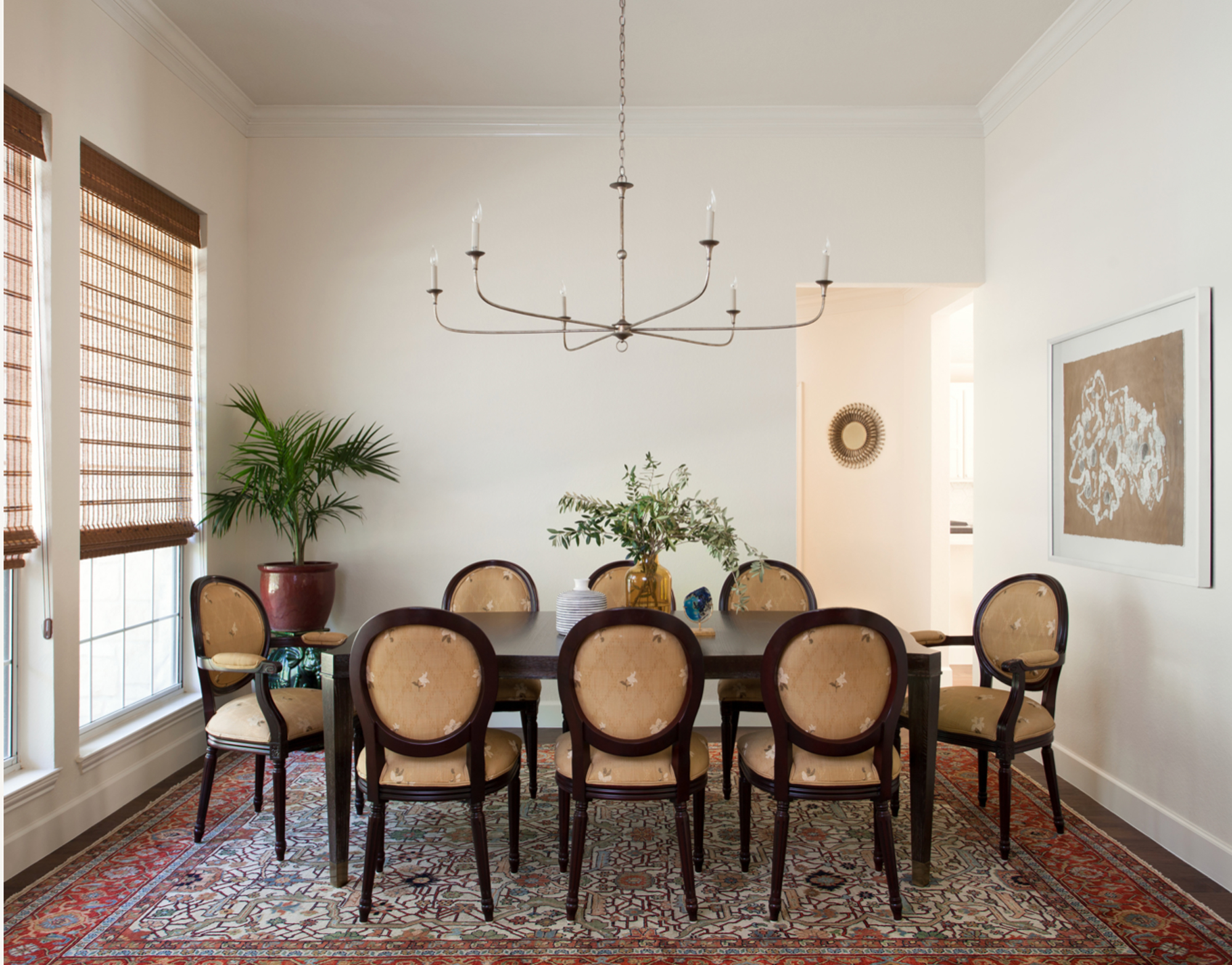Style and Design Variations: Should Dining Room Table Match Cabinets

Achieving a cohesive and stylish dining room doesn’t necessitate matching dining tables and cabinets. Strategic design choices can create visual harmony even with disparate pieces. The key lies in understanding how to leverage complementary elements to unify the space.
The visual connection between mismatched dining tables and cabinets hinges on carefully chosen design elements that bridge the stylistic gap. For instance, a rustic wooden table can be beautifully complemented by sleek, modern cabinets if the color palette is consistent. Using similar shades of neutral tones—such as greys, creams, or beiges—on both the table and cabinets creates a sense of unity. Alternatively, a bold statement rug in a color found in either the table or cabinets can act as a visual anchor, connecting the two disparate pieces. Repeating a pattern or texture—like a woven detail—in both areas also effectively ties the room together. Consider incorporating metallic accents, such as brushed nickel hardware on the cabinets and a similar metal finish on the table’s legs, to create a sophisticated and unified look.
Material Choices and Their Impact, Should dining room table match cabinets
Different materials significantly influence the overall aesthetic. Wood, metal, and glass each offer unique visual and textural qualities. A solid wood table paired with wood cabinets creates a traditional and warm atmosphere, especially if the wood grains share similarities or complementary tones. However, this approach can feel heavy if not balanced with lighter elements. A glass dining table, on the other hand, offers a modern and airy feel that contrasts beautifully with wood cabinets, adding a sense of lightness and sophistication. The transparency of the glass allows the cabinets to remain a visual focal point without feeling overwhelmed. Metal tables, particularly those with sleek, minimalist designs, introduce a contemporary edge. They pair well with both wood and metal cabinets, creating a cohesive modern or industrial aesthetic depending on the chosen metal finishes. The key is to consider the inherent qualities of each material and how they interact to achieve the desired ambiance. For example, a dark wood table might be too heavy with dark wood cabinets, but could be balanced beautifully with light-colored cabinets. Conversely, a light wood table might be lost against very dark cabinets, so a lighter cabinet color would work better.
Rewritten Article on Matching Dining Room Tables and Cabinets
[Let’s assume the original article argues strongly for matching tables and cabinets, emphasizing uniformity and traditional design principles.]
The conventional wisdom of perfectly matching dining room tables and cabinets is, frankly, limiting. While a cohesive look can be achieved through matching, a more nuanced approach allows for greater creativity and personalization. The decision to match or mismatch should be driven by the desired aesthetic and the overall design scheme of the dining room. Matching offers a classic, unified look that works well in traditional settings. However, it can also feel predictable and lack individual character. A more eclectic approach, using mismatched pieces, allows for greater stylistic freedom. The key to success lies in carefully considering the color palettes, materials, and design elements to create a harmonious and visually appealing space, even if the table and cabinets are stylistically distinct. For instance, a modern glass table can beautifully complement traditional wooden cabinets if the colors are complementary, and a common element, like metal legs on both, ties the pieces together. The focus should be on creating a balanced and aesthetically pleasing room, rather than adhering strictly to a rule of matching furniture.
